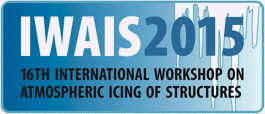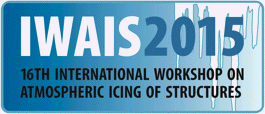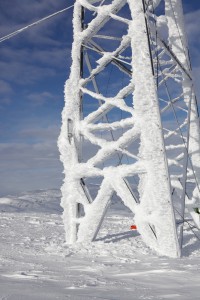Icing destroys transmission lines
The last two winters the Norwegian transmission system operator Statnett has experienced heavier iceloads on parts of the transmission system than predicted.
One of the affected lines was an entirely new 420 kV transmission line crossing an exposed mountain area just north of the Hardanger Fjord in Norway. A ground wire broke due to heavy icing after only three weeks in operation.
Icing has also caused structural collapses of transmission towers.
– The icing challenges the security of supply, says Bjørn Egil Nygaard, advisor at Kjeller Vindtekikk, a Norweigan company that now is working to prevent similar failures in the future.
Iceloads drive the dimensioning of towers and foundations and hence it’s vital to Statnett to predict the level of ice.
The most severe problems are in the mountain areas and have been caused by in-cloud icing/rime icing, the same problem that you can find on wind turbines. This type of icing typically affects high structures that penetrate clouds.
The measured ice load on the 420 kV transmission line in mountain area north of the Hardanger Fjord was more than double the design load.
– That clearly indicates that the ice loads had been significantly underestimated in the pre-construction phase due to lack of suitable meteorological models, says Bjørn Egil Nygaard.
Is the heavy icing due to climate changes?
– Two years of heavy icing is a too short period to make that kind of conclusion, says Nygaard, but that has of course been discussed.
The design load on the 420 kV transmission line was estimated 2007, by applying the then best available meteorological expertise.
Today, an advanced local-scale meteorological model has been implemented as a tool to improve load estimation of the ice loads.
The model used for simulations is the Weather Research and Forecasting model (WRF), developed by the National Center for Atmospheric Research (NCAR) in USA.
NCAR is federally funded and the WRF modeling system is possible to download free of charge. It has become an important tool of the trade and it has today grown to have a large worldwide community of users (over 20 000 in over 130 countries), and workshops and tutorials are held each year at NCAR.
Basically you apply the fastest computer you can find, and then use numerical weather prediction to simulate the local weather and icing conditions over the last decades to map the icing conditions on a local scale. With the same system we can do icing forecasts for the next few days and even simulate future icing based on climate change scenarios.
Bjørn Egil Nygaard:
– With modern meteorological models it will be easier to predict icing and also avoid building transmission lines in certain areas, or at least build them strong enough to cope with icing,
Another solution might be ice detectors. But current devices aren’t efficient enough and sometimes doesn’t work at all, says Nygaard. He and his colleagues are now working on a prototype that they hope will make proper measurements.
– There’s no quick fix for icing, but with better forecasts and measuring we might be able to prevent the kind of failures we have seen the last years, concludes, Bjørn Egil Nygaard.



